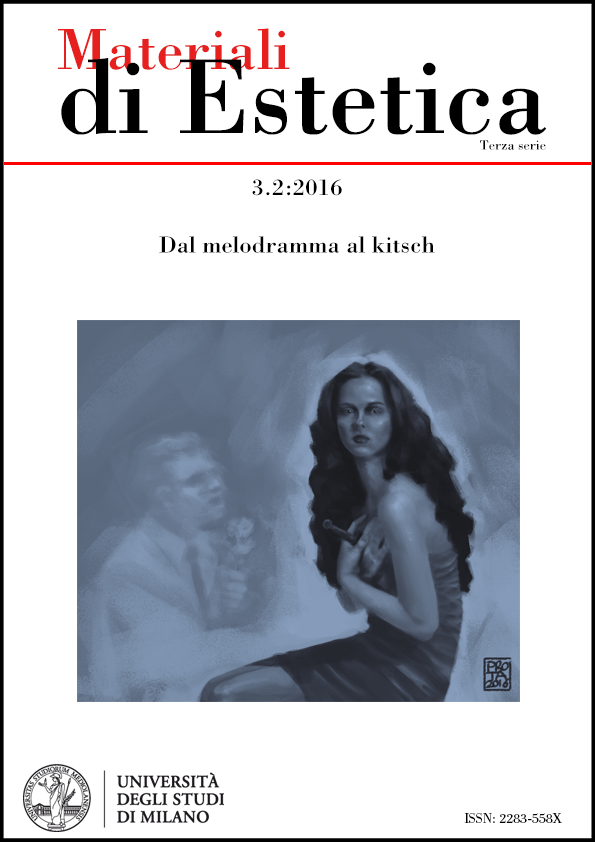L’antimelodramma di Victor Hugo: la vendetta di Triboulet
DOI:
https://doi.org/10.13130/mde.v0i3.2.8042Abstract
The purpose of the essay is to demonstrate through the analysis of Hugo’s Le roi s’amuse how the reconciliation of opposites, which is a typical melodramatic element, is alien to the author’s poetics. In fact, the opposition of contrasts, which turns evil into good in a gradual process of formation, is not revealed in Hugo’s work as a principle of disintegration but, paradoxically, is resolved in an element of harmonious relatedness within a upper unity assured from the function of art.
Riferimenti bibliografici
A!A!A!, Trattato del melodramma, tr. it. di P. Bocconi, Pratiche, Parma 1985.
UBERSFELD, Anne, Le roi et le bouffon, José Corti, Paris 1974.
–, “Les Bons et le méchant”, Revue des sciences humaines, 162, 2 (1976), pp. 193-203.
–, “Il melodramma”, in Storia della letteratura francese, a cura di L. Binni, 3 voll., Garzanti, Milano 1985, vol. II.
HUGO, Victor, Il re si diverte, tr. it. di E. Groppali, Garzanti, Milano 1988.
–, Sul grottesco, “Introduzione” di E. Franzini, tr. it. di M. Mazzocut-Mis, Guerini, Milano 1990.
MAZZOCUT-MIS, Maddalena, Il gonzo sublime. Dal patetico al kitsch, Mimesis, Milano 2005.
–, Mostro. L’anomalia e il deforme nella natura e nell’arte, Guerini, Milano 2013.






